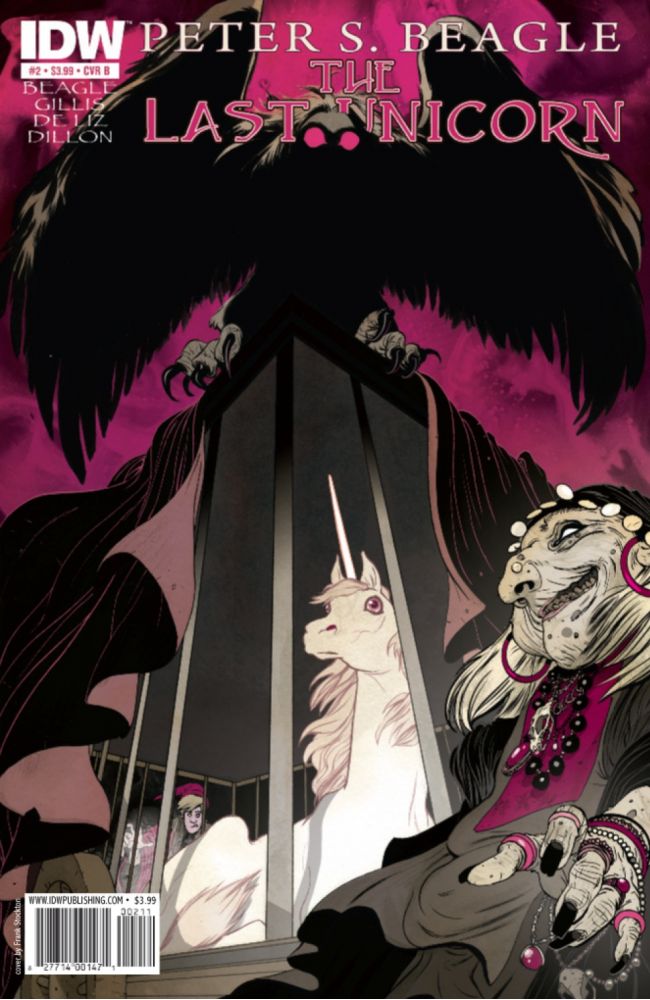Date read: 12.21.10
Book from: Public library
Reviewer: Emera
The cover-flap copy for this book is so absurdly, inveiglingly charming that I just have to post the whole thing:
What real reader does not yearn, somewhere in the recesses of his or her heart, for a really literate, first-class thriller – one that chills the body with foreboding of dark deeds to come, but warms the soul with perceptions and language at once astute and vivid? In other words, a ghost story by Jane Austen.
Austen we cannot, alas, give you, but Susan Hill’s remarkable Woman In Black comes as close as the late twentieth century is likely to provide. Set on the obligatory English moor, on an isolated causeway, the story has as its hero one Arthur Kipps, an up-and-coming young solicitor who has come north to attend the funeral and settle the estate of Mrs. Alice Drablow of Eel Marsh House. The routine formalities he anticipates give way to a tumble of events and secrets more sinister and terrifying than any nightmare: the rocking chair in the nursery of the deserted Eel Marsh House, the eerie sound of pony and trap, a child’s scream in the fog, and, most dreadfully, and for Kipps most tragically, the woman in black.
So, yep, a good old English Gothic. Hill provides a smoothly paced, carefully detailed ghost story, meditative in tone and full of lovely, eerie descriptions of the silvery salt marshes and sudden “sea frets” (fogs) that surround the requisite abandoned mansion.
Unfortunately, I can’t think of much other praise for the book beyond words like “accomplished” and “polished.” Hill’s easy mastery of all the conventions of the genre – the meticulously built-up suspense, the confident young narrator whose rationality slowly buckles – has the effect of making it all feel rather tidy and expected, particularly since her prose feels about the same. In the twisty-turny thrillery department – I guessed the overall shape of the plot about 20 pages in, and foresaw most of the twists after that well in advance.
All in all, a pleasantly chilly read for a winter night, with one or two lingeringly unsettling images, but nothing that really bit deep.



